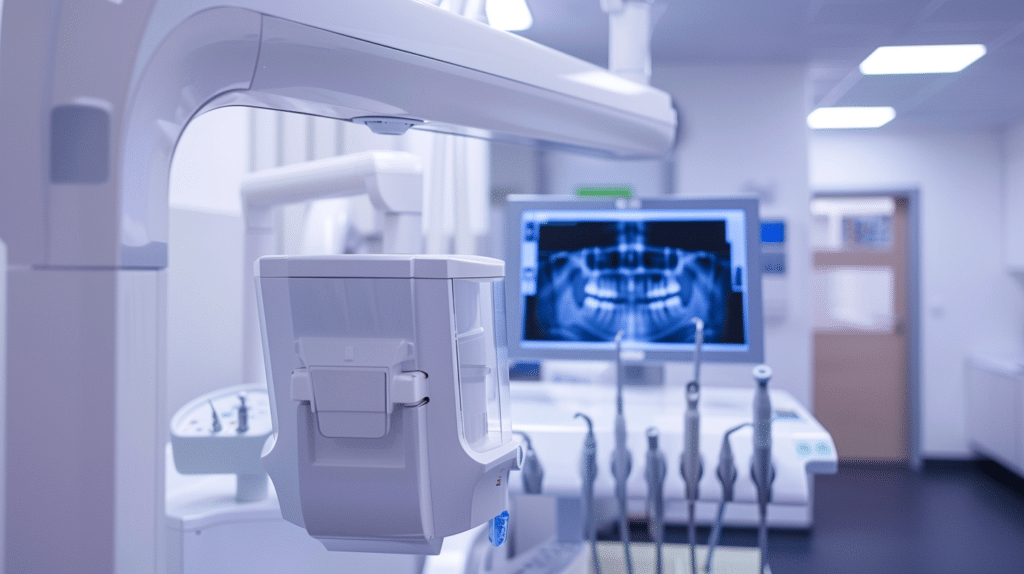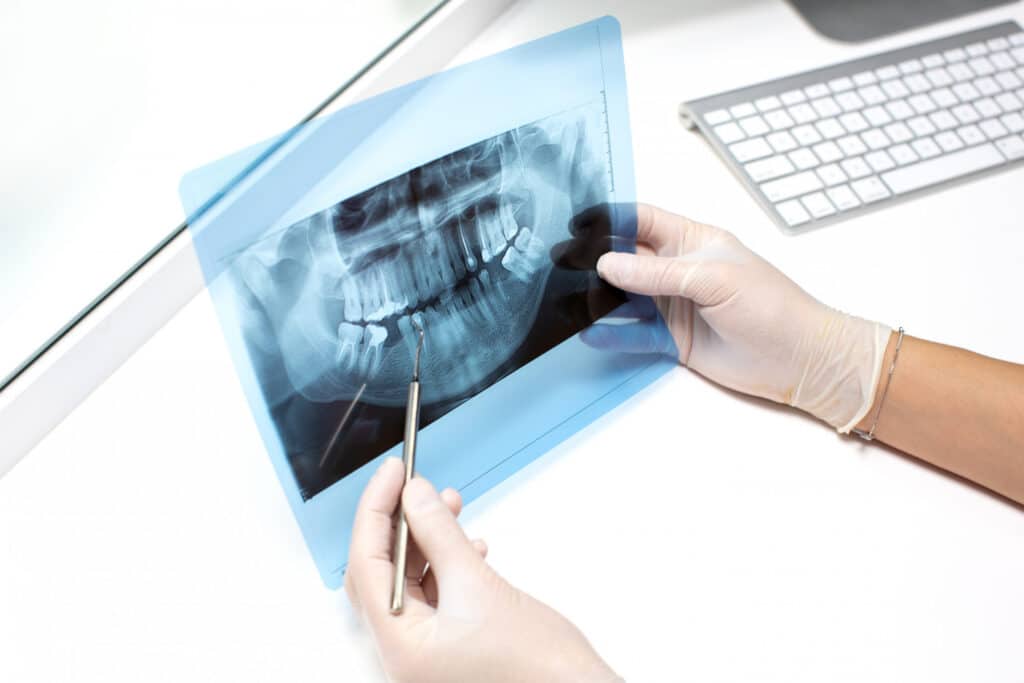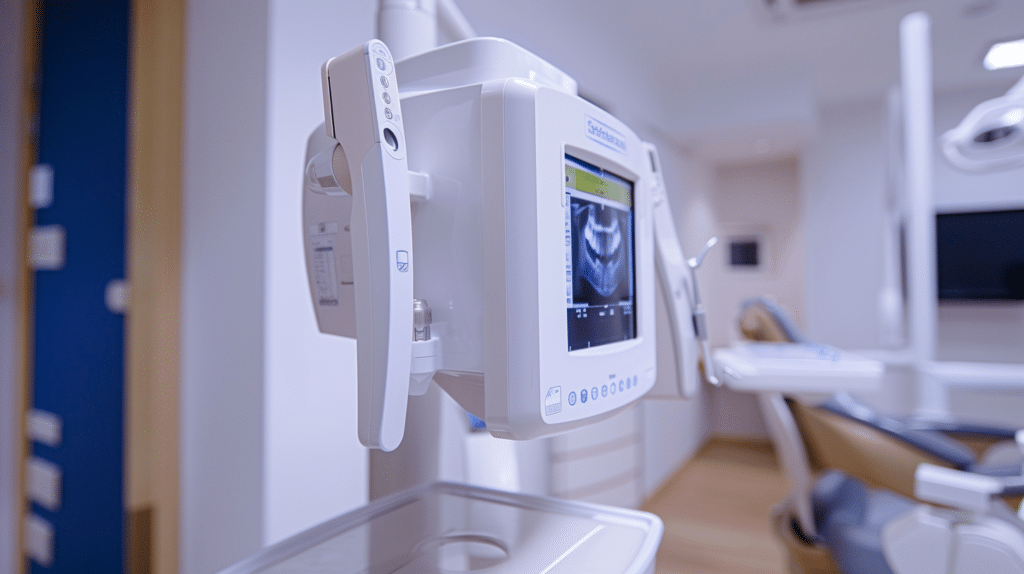3D Dental Imaging Techniques – Exploring the Revolution
The dental industry is undergoing a technological revolution, and at the heart of this transformation are advanced 3D dental imaging techniques. These sophisticated tools have not only changed the way dentists diagnose and plan treatments but have also significantly improved patient care. From digital imaging to cone-beam computed tomography (CBCT), these methods offer a clear and precise look into a patient’s oral health, allowing for more accurate diagnoses and tailored treatment plans.
In this comprehensive guide, we’ll delve into the world of 3D dental imaging techniques, exploring the advantages they bring to modern dentistry and the impact they have on both dental professionals and patients.

The Advantages of 3D Digital Imaging in Dentistry
Digital imaging has revolutionized the way dental professionals capture and utilize patient images. Unlike traditional film-based radiography, digital imaging is faster, more efficient, and offers a wealth of benefits that enhance dental care.
Enhanced Image Quality and Detail
Digital dental images are exceptionally clear, providing a level of detail that is crucial for accurate diagnosis and treatment planning. With the ability to zoom in and enhance specific areas, dentists can detect issues that may be missed with conventional X-rays.
Reduced Radiation Exposure
Safety is a paramount concern in any medical field, and dental imaging is no exception. Digital imaging systems significantly reduce radiation exposure for patients, making the process safer while still delivering the high-quality images needed for comprehensive care.
Environmentally Friendly
Digital imaging eliminates the need for film and associated chemicals used in traditional radiography. This not only reduces waste but also minimizes the environmental impact of dental practices.
Instant Access and Easy Sharing
The immediacy of digital images allows for quick analysis and decision-making during dental appointments. Additionally, these images can be easily shared with other dental specialists or insurance companies, streamlining communication and facilitating collaborative care.

Exploring 3D Dental Imaging Techniques
3D dental imaging techniques have opened up new possibilities in diagnosing and planning treatments, offering a three-dimensional view of the teeth, soft tissues, nerve pathways, and bone in a single scan. Let’s explore some of the cutting-edge methods being used in dental practices today.
Cone-Beam Computed Tomography (CBCT)
CBCT has become a game-changer in dental imaging. This technique uses a special type of X-ray equipment to produce 3D images of dental structures, soft tissues, nerve paths, and bone in the craniofacial region. It’s particularly useful in implant dentistry, oral surgery, orthodontics, and endodontics.
Digital Impressions and Intraoral Scanners
Gone are the days of uncomfortable and messy dental impressions. Digital impressions use intraoral scanners to create precise 3D models of a patient’s mouth. This technology is not only more comfortable for the patient but also provides more accurate data for creating dental restorations, orthodontic appliances, and Invisalign aligners.
3D Printing in Dentistry
3D printing technology is rapidly advancing dental care by allowing dentists to print dental models, surgical guides, orthodontic devices, and even certain types of dental restorations directly in the office. This reduces wait times for patients and helps ensure a perfect fit for prosthetics and appliances.
The Impact of Dental Technology on Treatment Outcomes
With the advent of 3D dental imaging, the accuracy and precision of dental treatments have improved dramatically. This section highlights how these advancements have led to better treatment outcomes and overall patient satisfaction.
Improved Diagnostic Accuracy
3D imaging provides a comprehensive view of the dental anatomy, allowing dentists to diagnose conditions with greater accuracy. This leads to more effective treatment plans and better patient outcomes.
Precise Treatment Planning
The precision of 3D imaging enables dentists to plan treatments with a level of detail that was previously unattainable. Whether it’s mapping out the placement of dental implants or designing a complex orthodontic treatment, 3D imaging ensures that every step is meticulously planned and executed.
Minimally Invasive Procedures
With detailed images and models, dentists can perform procedures that are less invasive and more targeted, reducing recovery times and enhancing the patient experience.

3D Dental Imaging: A Future-Forward Perspective
The future of dental imaging is bright, with ongoing developments that promise to further enhance the capabilities of dental professionals. Artificial intelligence (AI) and machine learning are beginning to play a role in image analysis, offering the potential for even faster and more accurate diagnoses. As these technologies continue to evolve, we can expect dental care to become more personalized, efficient, and effective.
AI and Machine Learning in 3D Dental Imaging
AI algorithms can analyze dental images with incredible speed and accuracy, identifying patterns and anomalies that might be difficult for the human eye to detect. This can lead to earlier detection of dental issues and more proactive treatment approaches.
Integration with Other Technologies
The integration of dental imaging with other technologies, such as electronic health records (EHRs) and practice management software, is streamlining workflows and improving the continuity of care. As systems become more interoperable, the ability to provide comprehensive and cohesive care will only improve.
Ongoing Research and Innovation
The dental industry is committed to research and innovation, with many companies and academic institutions working on the next generation of dental imaging technologies. This relentless pursuit of improvement ensures that the field of dentistry will continue to advance, offering better solutions for both dental professionals and patients.
Conclusion
3D dental imaging techniques have revolutionized the field of dentistry, providing unprecedented levels of detail and accuracy in dental diagnostics and treatment planning. As we continue to embrace digital imaging, CBCT, and related technologies, we can look forward to a future where dental care is more precise, less invasive, and tailored to the unique needs of each patient.
The integration of these techniques into dental practices around the world not only elevates the standard of care but also underscores the importance of adopting cutting-edge technology in healthcare. As we move forward, the continued innovation and development of 3D dental imaging will undoubtedly lead to even greater advancements in oral health and patient satisfaction.
Take the Next Step Towards Enhanced Dental Care
At Legacy Dental in Boynton Beach, FL, we are committed to providing you with the highest standard of dental care through cutting-edge technology and personalized treatment plans. Whether you need a routine check-up or advanced dental procedures or just have questions about your dental health, our experienced team is here to help.
Don’t wait to experience the benefits of the latest advancements in dental technology. Contact Legacy Dental today to schedule your appointment and take the first step towards a healthier, brighter smile. Your oral health is our top priority, and we look forward to serving you!



